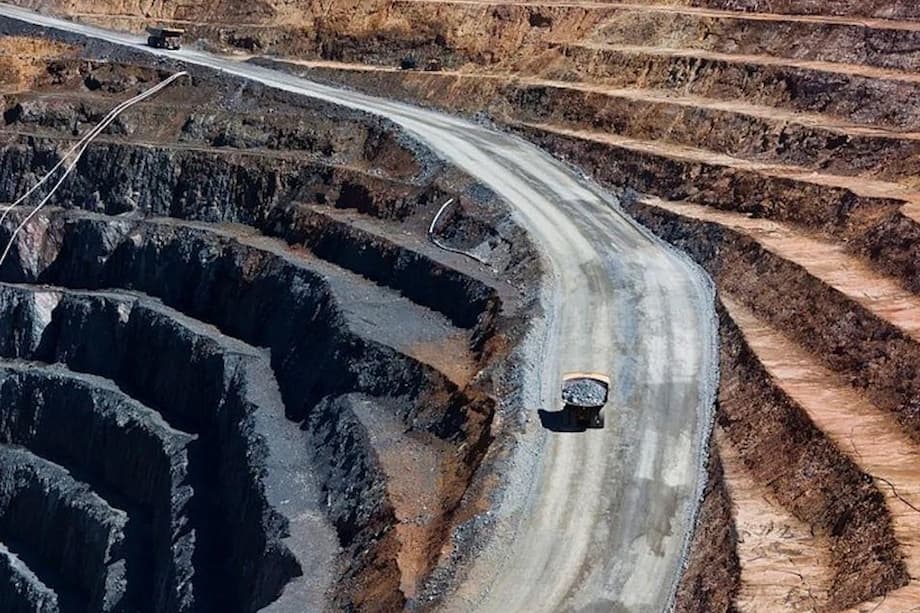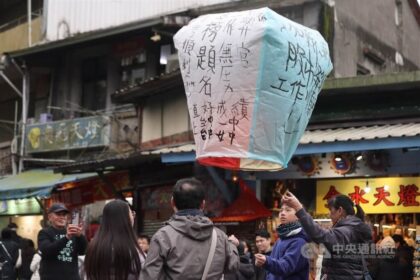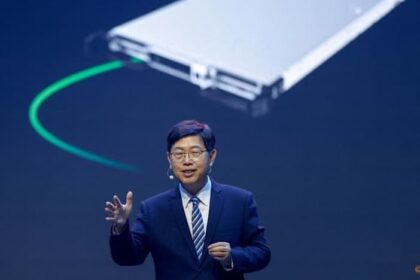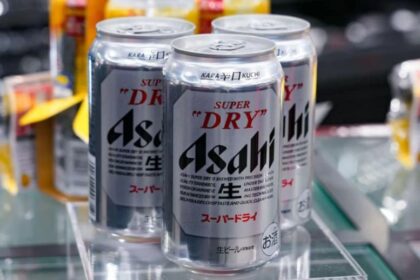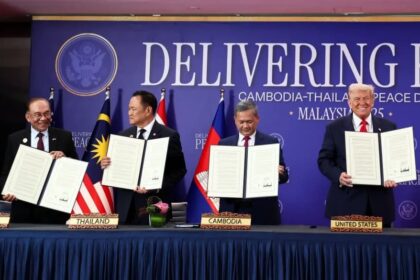China’s Lithium Mining Crackdown: New Regulations Reshape a Global Industry
China, the world’s largest producer and processor of lithium, has entered a new era of strict regulation for its booming lithium mining sector. In July 2025, sweeping changes to the Mineral Resources Law came into force, marking lithium as a strategic mineral and triggering a wave of enforcement actions, mine suspensions, and industry consolidation. These reforms are not only reshaping China’s domestic industry but are also sending ripples through global supply chains for electric vehicles (EVs), batteries, and critical technologies.
- China’s Lithium Mining Crackdown: New Regulations Reshape a Global Industry
- Why Did China Tighten Lithium Mining Regulations?
- What Are the Key Features of the New Regulations?
- How Are Companies and Markets Responding?
- Global Implications: How Will the World Be Affected?
- Challenges and Unintended Consequences
- In Summary
Why Did China Tighten Lithium Mining Regulations?
For years, China’s lithium industry operated under a “produce at all costs” philosophy, fueled by surging global demand for batteries and EVs. Local governments, eager to boost regional economies, issued mining permits liberally, sometimes stretching or bypassing regulatory boundaries. This led to a proliferation of small, high-cost, and sometimes unlicensed operators, especially in lithium-rich regions like Yichun, Jiangxi province.
By late 2022, lithium prices soared to record highs, but the boom quickly turned to bust. As supply caught up with demand, prices collapsed by nearly 90% in 2023. Overcapacity, cut-throat competition, and environmental damage became rampant. According to Asia Times, about 30% of Jiangxi’s lithium-mica capacity sat idle in early 2025, with many mines operating at a loss.
Recognizing the risks of unchecked growth—environmental harm, market volatility, and strategic vulnerability—Chinese policymakers launched a campaign to clean up the sector. The revised Mineral Resources Law, effective July 2025, is the centerpiece of this effort, aiming to ensure sustainable, high-quality growth and reinforce China’s global leadership in lithium.
What Are the Key Features of the New Regulations?
The 2025 reforms represent the most significant overhaul of China’s mining laws in decades. The main changes include:
- Lithium designated as a strategic mineral: For the first time, lithium is classified independently, raising entry barriers and subjecting it to stricter oversight.
- Centralized approval authority: Only the Ministry of Natural Resources (MNR) can now approve mining rights for strategic minerals, ending the patchwork of local and provincial approvals that led to regulatory loopholes.
- Minimum ore grade requirement: Deposits must contain at least 0.4% lithium oxide (Li₂O) to qualify as lithium orebodies, forcing reclassification of many mines previously registered under other categories (such as clay or kaolinite).
- Stricter environmental and safety standards: All operations must comply with “green mine” criteria, including environmental impact assessments, restoration funds, and strict liability for pollution.
- Anti-involution policies: Authorities are cracking down on “vicious competition”—such as below-cost sales and redundant capacity—by banning predatory pricing and coordinating production cuts.
These measures are designed to filter out speculative, obsolete, or non-compliant operators, reduce oversupply, and foster a more disciplined, technologically advanced industry.
Permit Crackdowns in Yichun: A Case Study
Yichun, often called China’s “lithium capital,” has become ground zero for regulatory enforcement. In July 2025, the Yichun Natural Resources Bureau flagged eight mines for permit discrepancies, requiring them to submit updated resource reserve reports and rectify licensing issues. Many of these mines had been extracting lithium under permits for other minerals, exploiting legal gray areas to accelerate development during the lithium boom.
On August 9, 2025, CATL—the world’s largest battery manufacturer—was forced to suspend operations at its Jianxiawo mine due to permit expiry amid a regional audit. According to Reuters, the shutdown is expected to last at least three months, impacting both local supply and global markets.
Industry analysts told Reuters, “CATL’s mine in Jiangxi has been a major contributor to rapidly growing supplies of lithium in China, the world’s top processor of the battery material. Reports of its closure in September caused lithium stocks to rally sharply.”
Similar enforcement actions have occurred in Qinghai province, where companies were ordered to halt operations until proper lithium extraction permits were obtained. These crackdowns are part of a nationwide campaign to eliminate illegal mining practices, protect the environment, and align extraction activities with national resource strategies.
How Are Companies and Markets Responding?
The regulatory crackdown has triggered immediate and far-reaching effects:
- Temporary supply disruptions: Suspensions at major mines like CATL’s Jianxiawo and others in Yichun have reduced domestic output, causing lithium carbonate prices to rebound after a prolonged slump.
- Market volatility: The Guangzhou Futures Exchange’s lithium carbonate price jumped 29% month-on-month in June 2025, reflecting concerns about supply constraints. Mining company shares also rallied on news of enforcement actions.
- Industry consolidation: Smaller, high-cost, or non-compliant operators are being squeezed out, while larger, integrated companies with strong compliance records are consolidating their positions. This is expected to improve product quality and stabilize supply in the long run.
- Export restrictions: In July 2025, China’s Ministry of Commerce imposed new export controls on key battery technologies, including lithium carbonate and hydroxide processing. This move is designed to protect domestic industry and maintain China’s dominance in the global battery supply chain.
According to Discovery Alert, “The regulatory crackdown aims to bring discipline to the industry, ensure environmental protection, and align extraction activities with national resource strategies. The market has responded with sharp increases in lithium prices and mining company shares, reflecting concerns about potential supply disruptions.”
Anti-Involution: Ending the Race to the Bottom
Chinese policymakers have adopted the term “anti-involution” to describe their campaign against wasteful, destructive competition. In industries like lithium, EVs, and even drones, overinvestment by local governments led to a glut of capacity, price wars, and falling profits. President Xi Jinping has called for a “unified national market” to reduce regional protectionism and encourage long-term, sustainable growth.
As reported by The Straits Times, “Authorities are now urging companies to reduce internal competition, with measures like production cuts and price hikes expected. Experts say tackling over-competition requires redesigning local government incentives, focusing on long-term advantages like talent and research, and protecting intellectual property.”
By banning below-cost sales and coordinating local shutdowns, the government hopes to prevent boom-and-bust cycles that threaten the sector’s long-term health.
Global Implications: How Will the World Be Affected?
China’s dominance in lithium is not just a domestic issue—it has profound global consequences. The country supplies about 60% of the world’s lithium-ion batteries and processes the vast majority of battery-grade lithium. As the world races to electrify transportation and transition to clean energy, secure access to lithium has become a strategic priority for governments and industries worldwide.
Supply Chain Risks and Geopolitical Tensions
The United States and Europe have grown increasingly concerned about their reliance on Chinese lithium and battery components. According to the Atlantic Council, “China’s control allows it to restrict access to batteries, posing risks to US national security, especially in times of conflict.” Efforts to develop alternative supply chains have been hampered by the speed and scale of China’s investments, as well as new export restrictions on critical battery technologies.
Original equipment manufacturers (OEMs) in the automotive sector are scrambling to diversify their sourcing of rare earths and battery materials. Some are investing in domestic mining and refining, while others are exploring alternative technologies that reduce dependence on Chinese-controlled supply chains. However, building new supply chains is costly and time-consuming, and China’s regulatory tightening is likely to keep global markets on edge for the foreseeable future.
Environmental and Social Impact
China’s new regulations also reflect growing awareness of the environmental and social costs of rapid resource extraction. Unregulated lithium mining has caused water pollution, habitat destruction, and safety hazards in affected communities. The revised law’s emphasis on “green mine” criteria and strict environmental compliance is a step toward more sustainable practices, though enforcement remains a challenge.
Challenges and Unintended Consequences
While the new regulatory regime promises greater discipline and sustainability, it also brings new challenges:
- Slower project approvals: Centralized permitting and stricter standards mean that new mines will take longer and cost more to develop. This could slow China’s ability to respond quickly to market changes, as seen in other countries with rigorous mining regimes.
- Pressure on local economies: Mine closures and production cuts can reduce revenues for local governments and lead to job losses in mining communities.
- Increased compliance costs: Smaller companies may struggle to meet the higher bar for environmental, safety, and licensing requirements, potentially driving investment to countries with looser regulations but higher geopolitical risks.
According to CRU Group, “Closing the legal loophole will also mean China’s investors will no longer be able to respond quickly to meet market needs. Mining regimes with stricter regulations have much slower due process, and capex costs are significantly higher.”
Will There Be More Disruptions?
Industry analysts expect further scrutiny and possible suspensions as the government reviews compliance across the sector. Key deadlines, such as the September 30, 2025, cutoff for resubmitting reserve and ore grade assessments in Yichun, could trigger additional enforcement actions. However, large-scale, abrupt mine closures are considered unlikely, as they would risk destabilizing both domestic and global supply chains.
In Summary
- China’s 2025 mining law reforms mark a historic shift toward stricter regulation and centralized control of lithium mining.
- Lithium is now classified as a strategic mineral, with higher entry barriers, environmental standards, and centralized permitting.
- Crackdowns in Yichun and other regions have led to mine suspensions, permit reviews, and industry consolidation.
- Anti-involution policies aim to end destructive competition and stabilize the sector for long-term health.
- Global supply chains are feeling the impact, with price volatility and renewed concerns about dependence on Chinese lithium.
- Environmental protection and sustainable growth are now central to China’s lithium strategy, though enforcement and compliance remain ongoing challenges.
- The world will be watching closely as China’s new regulatory era unfolds, shaping the future of clean energy and electric mobility.


